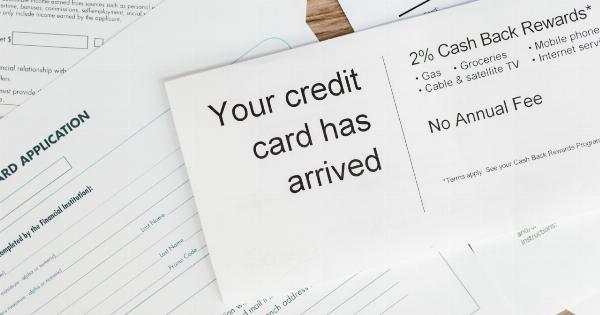In today’s world, it is common to come across products or services that are offered for free. However, it is important to note that free doesn’t always equate to being satisfying.
As a business owner or consumer, it is crucial to understand the value proposition of free products and services and whether it is worth investing time and/or resources into them. This article will explore the drawbacks of free products and services through real-life examples and how they can negatively impact businesses and consumers alike.
The Psychology behind Free Products and Services
Marketing campaigns that offer free products or services have been known to be appealing to customers. It is not uncommon for free products and services to be made available with the expectation of creating a perceived or real value.
Additionally, free offerings can help businesses to attract leads and clients that can become regular paying customers. This is known as the “freemium model” where a business offers a free or low-cost product or service to entice customers and then upsell premium products or services.
Although this strategy can be beneficial to businesses, it can also lead to several negative outcomes.
Drawbacks of Free Products and Services
1. Reduced Perceived Value
Free products and services often have less perceived value, resulting in less appreciation from customers. When customers receive something for free, they may not feel as attached to it compared to when they have paid for it.
This can lead to customers not valuing the product or service and, as a result, not using it as often or stopping altogether. Reduced perceived value can ultimately lead to the lack of long-term customer loyalty.
2. Hidden Costs
Sometimes, free products or services come with hidden costs. One prime example is free software that requires upgrades or additional features to work effectively.
This scenario can lead to the hidden costs outweighing the benefits of the free product or service. When this happens, the customer ends up spending more time and resources on the “free” product than a product that comes with an affordable price tag upfront, and proper support and functionality.
3. Poor Quality
Often providers of free products and services have to cut corners to keep their prices at zero. As a result, free products and services tend to have poor quality compared to paid alternatives.
Poor quality can undermine efforts to draw customers, who may become frustrated and look elsewhere for quality products and services, especially in industries that require quality products.
4. Missed Opportunities for Innovation
When businesses focus on offering free products and services to customers, they can miss opportunities for innovation in their organization.
They can be unable to focus their resources on improving their product, offering better support, or customer service. When businesses spend a considerable amount of time maintaining the free product or service in their offerings, there may not be enough resources to innovate and improve the product or service in general.
Real-Life Examples of Poorly Executed Free Products and Services
1. Free Antivirus Software
Free antivirus software is available from various providers online. However, the most common downside of these products is that they come with hidden costs.
For instance, these free antivirus software applications require customers to upgrade and pay a fee to enjoy premium functionalities. Also, the free versions come with limited functionality, which may compromise their ability to protect the users’ systems altogether.
2. “Pay What You Want” Pricing Model
The “pay what you want” pricing model is another strategy that businesses use to draw in customers through the use of free products or services.
However, it may not lead to success in businesses, especially when customers do not recognize the value proposition. This pricing model can ultimately lead to poor revenue, as customers may not see value in the offered products and services, and pay minimal amounts or nothing at all in some instances.
This pricing model can lead to businesses failing to sustain themselves, resulting in the closure of their operations. Additionally, this model may lead to customers becoming disengaged and valuing the offered products and services less since they are not paying the actual price for them.
3. Free Delivery Services
Many businesses offer free delivery services for their products. While this may seem attractive, it can ultimately cause more harm than good.
Free delivery service can lead to businesses cutting corners, leading to a lower quality of the product or service. For instance, free delivery can result in a slow delivery process that takes longer to reach customers. A customer who values their time more than they appreciate the free delivery service can end up looking elsewhere for faster delivery options.
Additionally, free delivery services can be higher in terms of shipping rates, as businesses recover the cost of shipping from different sources, for example, increasing their product prices. Customers end up paying more for comparable products while they could have opted for a reasonably priced product or better shipping option with a different business.
Conclusion
While free products and services may seem like an excellent way to gain customer attraction, they may not be useful long-term.
Although free products and services can be used as lead magnets, they can lead to reduced perceived value, hidden costs, poor quality, and missed opportunities for innovation. Businesses must ensure that they consider these factors before selecting a freemium pricing model to attract and retain customers better.
It is essential to remain consistent and ensure the customers feel valued at every stage of the product usage cycle. Customers should appreciate the product as a whole rather than feeling attached to it since it’s free.




























